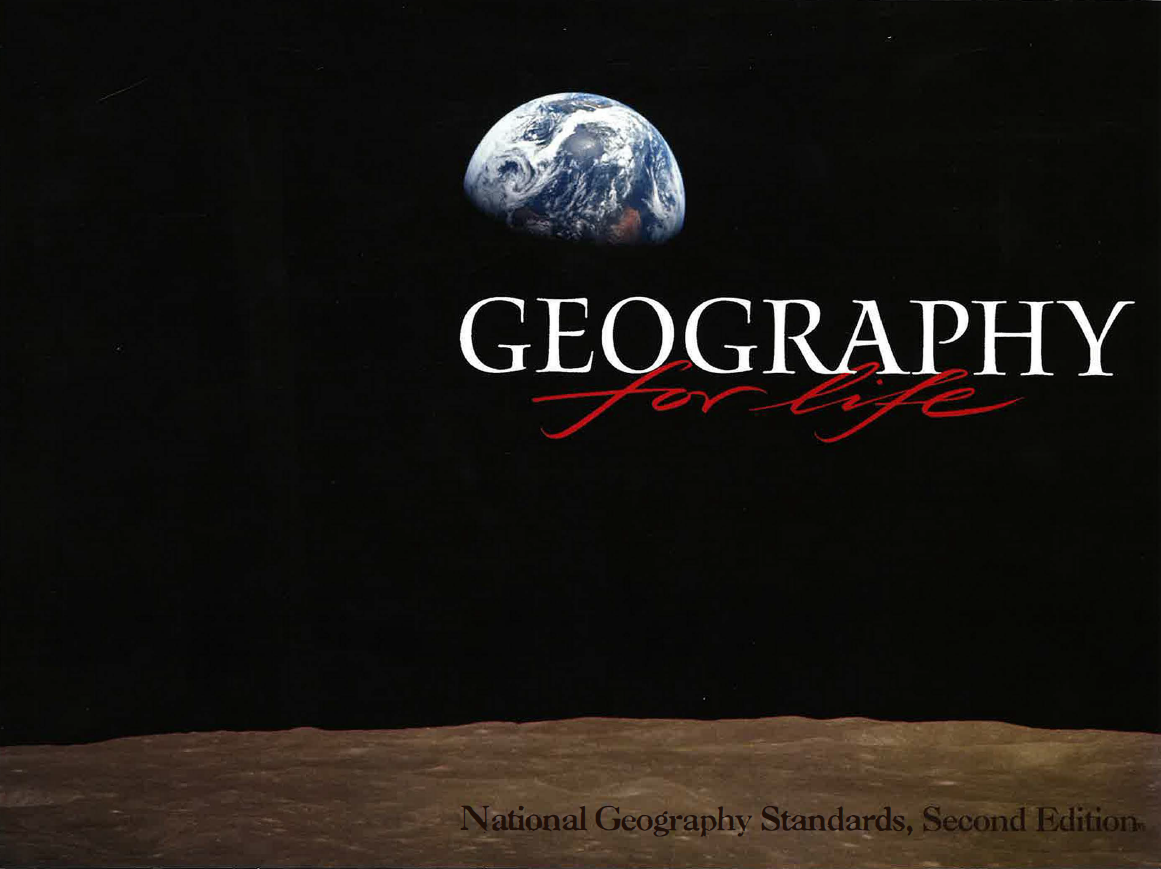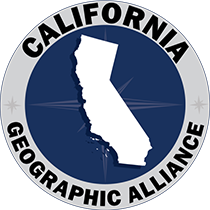 The California Geographic Alliances utilizes the standards developed by the Geography Education National Implementation Project (GENIP) as a fundamental resource for teacher professional learning. This document supports a critical focus on teaching geography by clearly articulating what students need to learn to become geographically informed people, citizens, and workers. The National Council for Geographic Education (NCGE) is the copyright holder, and materials are shared here with permission.
The California Geographic Alliances utilizes the standards developed by the Geography Education National Implementation Project (GENIP) as a fundamental resource for teacher professional learning. This document supports a critical focus on teaching geography by clearly articulating what students need to learn to become geographically informed people, citizens, and workers. The National Council for Geographic Education (NCGE) is the copyright holder, and materials are shared here with permission.
It is recommended that all teachers who teach History-Social Science or Environmental/Earth Sciences explore this document with special attention to geographic perspectives, the standards aligned under six essential elements, and the geographic skills that put knowledge into action.
Download the full document (with bookmarks) or use the links provided below.
Doing Geography | Geographic Perspectives | Geographic Skills | Glossary
Overview of Essential Elements, Standards, and Grade Bands
Essential Element: The World in Spatial Terms
1. How to use maps and other geographic representations, geospatial technologies, and spatial thinking to understand and communicate information
2. How to use mental maps to organize information about people, places, and environments in a spatial context
3. How to analyze the spatial organization of people, places, and environments on Earth’s surface
Essential Element: Places and Regions
4. The physical and human characteristics of places
5. That people create regions to interpret the Earth’s complexity
6. How culture and experience influence people’s perceptions of places and regions
Essential Element: Physical Systems
7. The physical processes that shape the patterns of Earth’s surface
8. The characteristics and spatial distribution of ecosystems and biomes on Earth’s surface
Essential Element: Human Systems
9. The characteristics, distribution, and migration of human populations on the Earth’s surface
10. The characteristics, distribution, and complexity of Earth’s cultural mosaics
11. The patterns and networks of economic interdependence on Earth’s surface
12. The processes, patterns, and functions of human settlement
13. How the forces of cooperation and conflict among people influence the division and control of Earth’s surface
Essential Element: Environment and Society
14. How human actions modify the physical environment
15. How physical systems affect human systems
16. The changes that occur in the meaning, use, distribution, and importance of resources
Essential Element: The Uses of Geography
17. How to apply geography to interpret the past
18. How to apply geography to interpret the present and plan for the future

